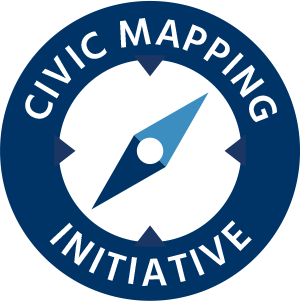
A Note on Methodology
The state-level CMI Public Transit Maps collectively show the location of 3600+ public community and technical college campuses. We included all public sector institutions that are identified in the US Department of Education’s College Scorecard as either (a) predominantly awarding certificates or Associate’s degrees, or (b) Carnegie classified as Associate’s degree-granting.
After using these Scorecard variables to define our subset of institutions, we matched these institutions with each of their locations represented in PEPS. However, because the PEPS dataset is often missing campus locations for many colleges or contains outdated or incorrect addresses, we manually confirmed the addresses of all institutions’ campus locations. Using the statewide system and individual college websites to verify, we corrected addresses that were inaccurate, added locations that were not reported in PEPS, and removed locations that could not be confirmed. We acknowledge that this process does leave room for human error; however, we believe that risk is outweighed by the benefits of having a more complete picture of where community and technical colleges serve students.
With the campuses serving as our anchor points, we used the Google Places API to identify the nearest transit stop to each location. Just as we confirmed the addresses of college campuses, we opted to additionally verify the transit stop coordinates provided by Google, correcting errors of both omission and commission by hand and updating our dataset accordingly. Errors of omission are usually a straightforward case of the Google data being incomplete (not every transit agency is in their system), while errors of commission are usually caused by identified stops that did not meet our criteria for a public transit stop. We defined a transit stop as a fixed location on a transportation route that anyone could use to get between local places. Inter-city services (such as Amtrak and Greyhound) were eliminated, as well as some actual errors (such as a location used for bus storage, or, in one case, a Subway restaurant). We applied no filtering on mode of transportation, and bus and rail lines represent the overwhelming majority of transit stops, we included less common modes where appropriate, such as funiculars and ferry terminals.
Finally, we calculated the straight-line (“as the crow flies”) distance between each campus and its nearest transit station. While this method creates a known downward bias, it avoids the substantial noise in both directions associated with walking directions. Pedestrian infrastructure is not well mapped in most of the country (with only a “handful of alternative pedestrian paths” well documented), and imputing walking directions from road networks risks either missing a pedestrian path inaccessible to cars or assuming a dangerous highway is safe to walk along. The distances we used are therefore a lower bound on the walk required of staff and students commuting to campus via public transit.

